Table of Contents
Ever looked at a kettlebell and thought, "That looks intense!"? I get it. They can seem intimidating, but trust me, they're one of the best tools for building strength, improving your fitness, and feeling like a total badass. If you're a beginner wondering how to use kettlebells, you’ve come to the right place. This isn't some super complicated workout routine; it’s a simple guide to get you started safely and effectively. We'll break down why kettlebells are great for beginners, how to choose the right weight, and walk through some fundamental exercises. We’ll also cover how often you should be training, and those common pitfalls to avoid. Forget those fancy gym machines, we are going to use kettlebells and get in shape. By the end of this, you'll be swinging, lifting, and feeling stronger than ever. Ready to begin? Let's unlock the power of kettlebells together!
Why Kettlebells are Awesome for Beginners
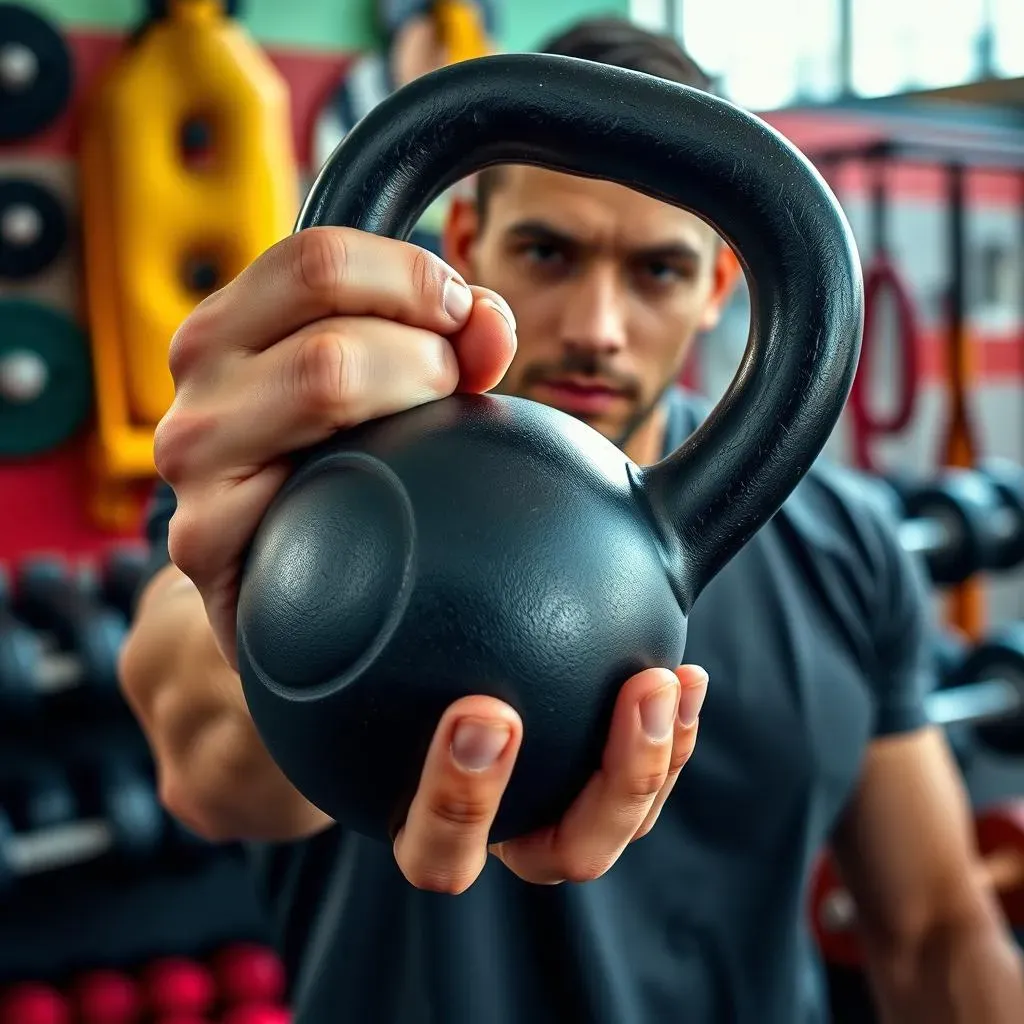
Why Kettlebells are Awesome for Beginners
Full-Body Workout in One Tool
Okay, so you're thinking about getting into shape, but you're not sure where to start. Well, let me tell you, kettlebells are like the Swiss Army knife of fitness. Seriously, you can work almost every muscle in your body with just one of these things. Think squats, swings, rows – it’s all possible with a single kettlebell. It's way less complicated than trying to figure out a whole bunch of different machines at the gym. Plus, you can do it at home, in your backyard, or even in a park. You don’t need a fancy gym membership to get a great workout. It's all about simplicity and effectiveness.
I remember when I first picked up a kettlebell, I was amazed at how many different exercises I could do. I felt like I was unlocking a new level of fitness without needing a ton of equipment. No more endless rows of dumbbells and confusing machines. Just one kettlebell, and a whole world of possibilities opened up.
Functional Strength for Everyday Life
It’s not just about looking good; it’s about feeling good too. Kettlebell exercises focus on functional movements, which means you're training your body to move better in your daily life. Things like lifting groceries, carrying kids, or even just getting up from the couch will become easier. That’s because kettlebell training enhances your strength, balance, and coordination. It's about building real-world strength, not just gym strength. You’re not just lifting weights; you're training your body to handle life's everyday challenges better.
I used to struggle with simple tasks, like carrying heavy bags, then I started training with kettlebells. It wasn't long before I noticed a significant improvement in how my body moved and handled everyday activities. It was like my body was finally working as a team, and that felt great.
Benefit | Description |
|---|---|
Full-Body Workout | Engages multiple muscle groups simultaneously. |
Functional Strength | Improves movements used in everyday activities. |
Improved Balance | Enhances stability and coordination. |
Convenient | Can be used anywhere, anytime. |
Time-Efficient and Fun
Let's be honest, who has hours to spend at the gym? Not me, and probably not you. What's great about kettlebell workouts is that they are super efficient. You can get a killer workout in just 20-30 minutes. It’s a fantastic option for those of us with busy schedules. Plus, there's something satisfying about swinging a heavy weight around, it feels empowering and fun, not like a chore. I find that the variety of movements keeps things interesting, so I am less likely to get bored with my workout. It's not just exercise; it's a dynamic and engaging way to stay active.
I used to dread my workouts, but once I started using kettlebells, I actually looked forward to them. The movements are so varied and engaging that I never feel like I'm stuck in a boring routine. It is like a playful dance with a heavy weight.
Choosing Your First Kettlebell: Weight and Type
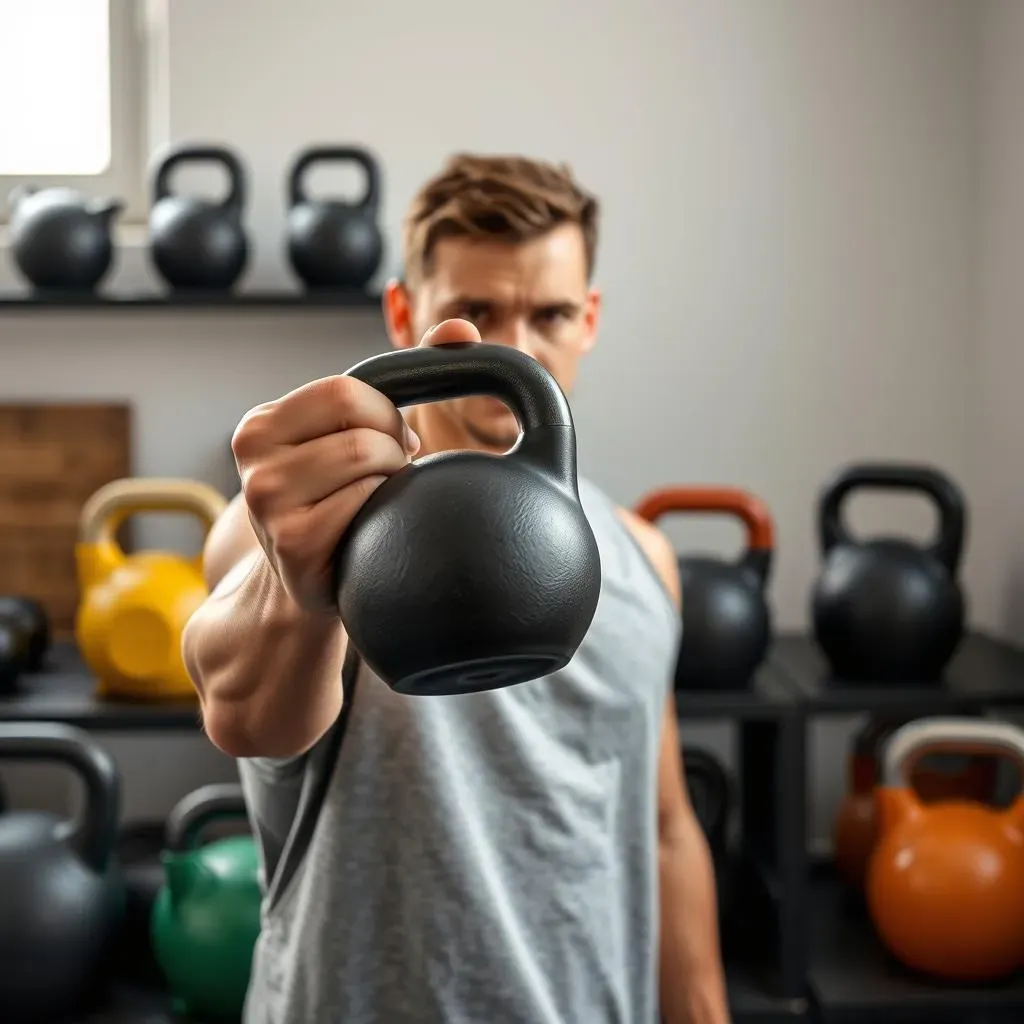
Choosing Your First Kettlebell: Weight and Type
Finding Your Starting Weight
Alright, so you're ready to grab a kettlebell, but you're probably wondering, "How heavy should this thing be?" It's a legit question, and honestly, it's where many beginners get tripped up. Starting too heavy can lead to injury, and starting too light might not challenge you enough. As a general rule, I always recommend beginners start with a lighter weight than they think they need. For most women, a 8-12 kg kettlebell is a great starting point. For men, consider 12-16 kg. Remember, it is always better to start light and focus on proper form.
When I first started, I was so eager to lift heavy that I grabbed a 16 kg kettlebell and immediately regretted it. My form was terrible, and I felt like I was wrestling a stubborn beast. I had to swallow my pride and go back to a 10 kg, and it was the best decision I ever made. I focused on learning the movements correctly, and soon I was able to move up in weight safely. It's not a race, it's a journey.
Understanding Kettlebell Types
Now, let's talk types. You'll mainly come across two kinds: cast iron and competition kettlebells. Cast iron bells are the most common; they come in various sizes and are usually cheaper. Competition kettlebells are all the same size, regardless of weight, and are usually used for more advanced training. For beginners, I suggest starting with a cast iron kettlebell. They are readily available and perfect for getting a feel for the movements. It is important to note that the handle size also matters, make sure it fits your hand comfortably and allows you to grip firmly. You do not want it slipping out of your hands mid-swing.
I once tried to use a competition kettlebell at a gym, and the handle felt so different from my cast iron bell that I could not get the same grip. It was like trying to dance with the wrong shoes. It made me realize that for beginners, sticking to the basics is best. Once you are comfortable with the movements, then you can explore different types of kettlebells.
Type | Description | Best for |
|---|---|---|
Cast Iron | Varying sizes, more affordable. | Beginners, general use. |
Competition | Same size regardless of weight, precise dimensions. | Advanced users, consistent training. |
A Quick Tip on Handles
One more thing on handles: make sure you get a kettlebell with a smooth handle. A rough handle can tear up your hands, and that is no fun. The handle should also be wide enough for you to comfortably fit both hands if needed. Check the handle before you buy, and make sure you can grip it without any pain. If you can, try to go to a store and try some out, different handles may feel different in your hands.
I learned this the hard way when I bought a kettlebell online with a textured handle. My hands were so sore after my first workout that I had to take a break for a few days. From then on, I always check the handle before I buy a new kettlebell. It is a small detail that makes a big difference in your training.
Essential Kettlebell Exercises for Beginners: Mastering the Basics
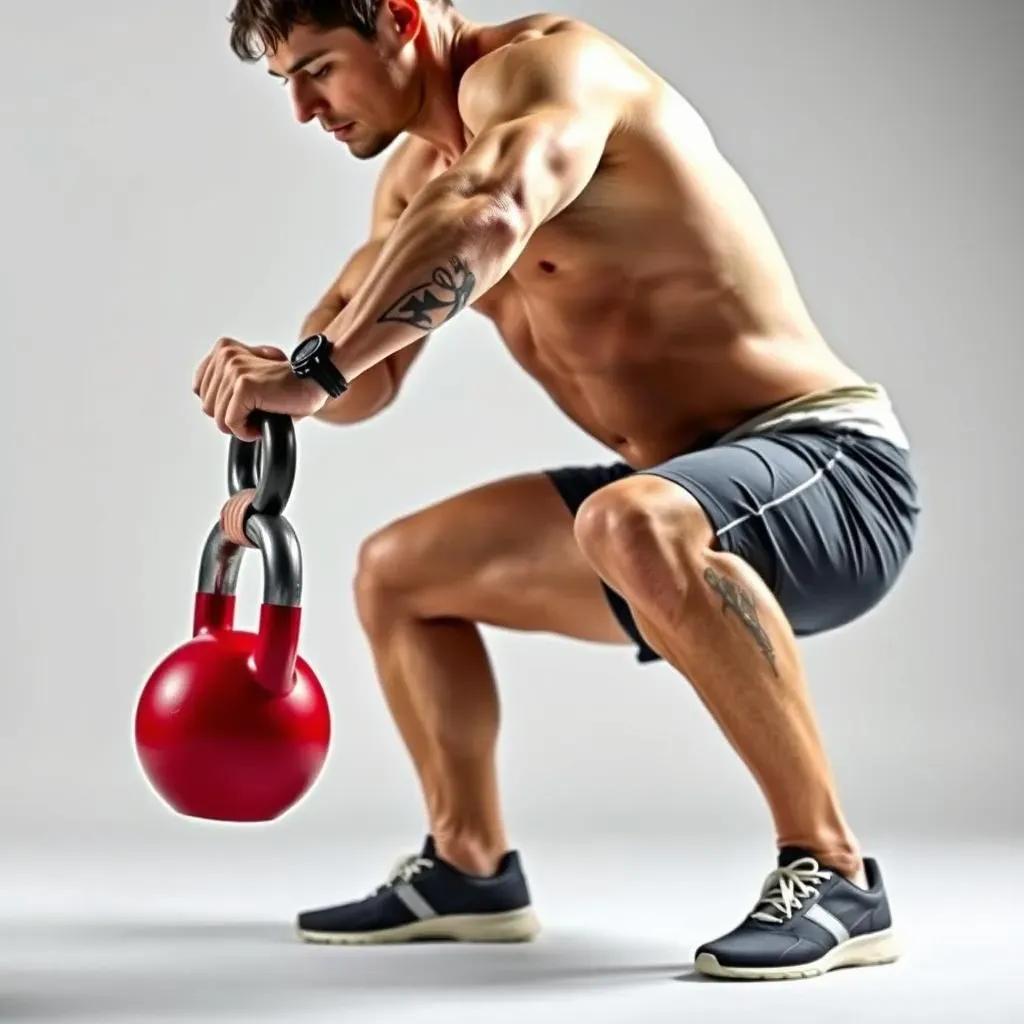
Essential Kettlebell Exercises for Beginners: Mastering the Basics
The Mighty Goblet Squat
Okay, let’s start with the goblet squat. This is your bread and butter when it comes to kettlebell training. It’s like a regular squat, but you're holding the kettlebell close to your chest, like you're cradling a baby (a very heavy baby). Stand with your feet shoulder-width apart, hold the kettlebell by the horns (the handle) with both hands, and keep it close to your chest. Now, squat down, pushing your hips back and keeping your chest up. Go as low as you can while maintaining good form, and then stand back up. It’s all about controlled movement and feeling the burn in your legs and glutes.
I remember the first time I did a goblet squat, I felt like my legs were going to give out. But with practice, it became one of my favorite exercises. It’s a great way to build lower body strength and get comfortable with the kettlebell. Think of it as the foundation for many other kettlebell movements.
The Powerful Kettlebell Swing
Next up is the kettlebell swing. This is where the fun really begins. The swing is a dynamic movement that works your entire posterior chain – that’s your back, glutes, and hamstrings. Stand with your feet shoulder-width apart, with the kettlebell a little in front of you. Hinge at your hips, push your butt back, and grab the kettlebell with both hands. Now, swing the kettlebell back between your legs, and then explode forward, using your hips to propel the kettlebell up to about chest height. It’s not a squat; the movement comes from your hips, not your knees. Keep your core tight, and let the kettlebell do the work.
When I first tried the swing, I thought it was all about my arms, but boy, was I wrong. It's all about the hips, like you are trying to launch the kettlebell with your butt. Once I figured that out, it became one of my favorite exercises. It's a fantastic way to burn calories and build power.
Exercise | Muscles Worked | How to do |
|---|---|---|
Goblet Squat | Quads, glutes, core. | Hold kettlebell at chest and squat. |
Kettlebell Swing | Back, glutes, hamstrings, core. | Hinge at hips and swing the bell. |
Romanian Deadlift | Hamstrings, glutes, lower back. | Hinge at hips, keep back straight. |
Bent-Over Row | Back, biceps, shoulders. | Hinge at hips and pull bell to chest. |
The Humble Romanian Deadlift (RDL)
Last but not least, we have the Romanian deadlift, or RDL. This exercise is great for your hamstrings, glutes, and lower back. Stand with your feet shoulder-width apart, holding the kettlebell in front of you. Hinge at your hips, keeping your back straight, and lower the kettlebell towards the ground. You should feel a stretch in your hamstrings. Once you reach your maximum stretch, stand back up, squeezing your glutes at the top. It’s a very subtle movement, but it works wonders for your posterior chain.
I used to think that deadlifts were only for super strong lifters, but the RDL is perfect for beginners. It taught me how to properly hinge at my hips and engage my back muscles. It’s a staple in my routine and has helped me strengthen my lower back and improve my posture.
How Often Should Beginners Use Kettlebells?
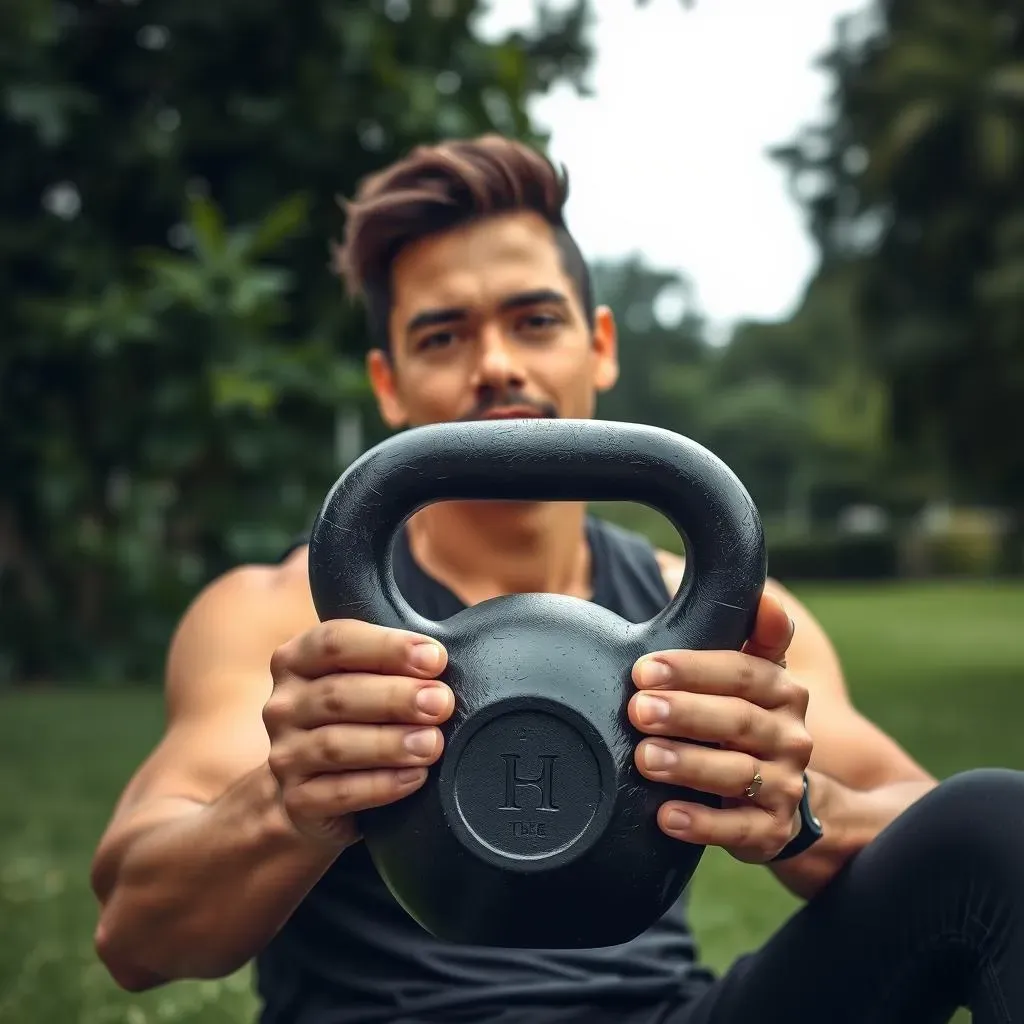
How Often Should Beginners Use Kettlebells?
The Importance of Rest Days
Alright, so you're pumped up and ready to swing that kettlebell every day, right? Hold your horses! One of the biggest mistakes beginners make is overdoing it. Your muscles need time to recover and rebuild. Think of it like this: when you work out, you're essentially creating tiny tears in your muscle fibers. It's during the rest period that your body repairs and strengthens these muscles. If you don't give your body enough time to recover, you're not going to see the results you want, and you might even get injured. So, rest is not just a luxury, it's a necessity for progress.
I used to be one of those people who thought that more is always better, and I ended up feeling completely burnt out. I learned the hard way that rest is just as important as the workout itself. Now, I make sure to schedule rest days into my routine, and I feel much stronger and more energized because of it.
A Gradual Approach
For beginners, I recommend starting with 2-3 kettlebell workouts per week, with at least one day of rest in between each session. This allows your body to adjust to the new movements and helps prevent overtraining. As you get stronger and more comfortable with the exercises, you can gradually increase the frequency or intensity of your workouts. But remember, it's better to start slow and build up than to jump in headfirst and risk injury. It's like learning to ride a bike; you wouldn't start with a downhill race, would you?
When I first started, I was so eager to see results that I tried to work out every single day. It didn't take long before I felt exhausted and my body was screaming for rest. I had to dial it back, and it was the best thing I ever did for my fitness journey. It's not about how much you can do; it's about how consistently you can do it.
Day | Activity |
|---|---|
Monday | Kettlebell Workout |
Tuesday | Rest or Light Activity |
Wednesday | Kettlebell Workout |
Thursday | Rest or Light Activity |
Friday | Kettlebell Workout |
Saturday & Sunday | Rest or Light Activity |
Listen to Your Body
Finally, and this is crucial, learn to listen to your body. If you're feeling unusually sore, tired, or experiencing any pain, it's a sign that you need to take a break. Don't push through the pain; it's not worth it. There's a difference between muscle fatigue and injury. Pay attention to the signals your body is giving you, and adjust your training schedule accordingly. Remember, consistency is key, but so is taking care of your body. It's about finding a balance that works for you.
I once ignored the warning signs and ended up with a minor injury that sidelined me for weeks. It was a frustrating experience that taught me the importance of respecting my body's limits. Now, I always prioritize rest and recovery, and I encourage everyone to do the same. It's not about being tough; it's about being smart.
Avoiding Common Mistakes: Staying Safe with Kettlebells
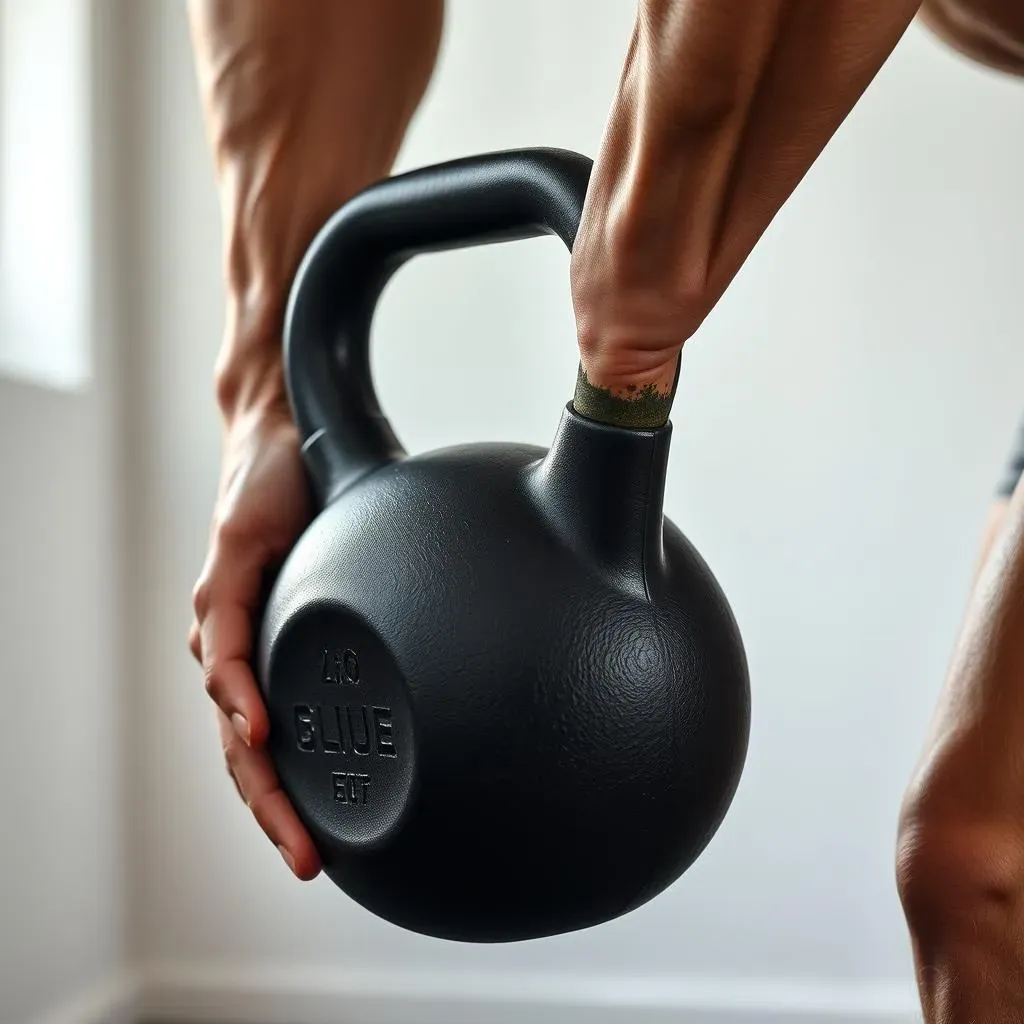
Avoiding Common Mistakes: Staying Safe with Kettlebells
Ignoring Proper Form
Okay, let's talk about form. This is where many beginners, myself included, have messed up. It’s tempting to try and lift heavy or go fast, but if your form is off, you are just asking for trouble. Bad form can lead to strains, sprains, and all sorts of injuries that will sideline you for weeks. Think of your body like a well-oiled machine, if one part is out of alignment, the whole thing suffers. It's not about how much you can lift, but about how well you can lift it. Focus on slow, controlled movements, and make sure you're doing the exercise correctly before you add more weight or reps. Quality over quantity, always.
I remember when I was learning the kettlebell swing, I was all over the place. My back was rounded, my arms were doing all the work, and I felt like I was about to launch myself into space. It took me a while to realize that I needed to slow down, focus on my form, and engage the right muscles. Once I did, the exercise felt so much more effective, and I felt way safer.
Starting Too Heavy
Alright, let’s talk about ego. It’s easy to get caught up in the desire to lift heavy, but starting with a weight that is too much for you is a recipe for disaster. You wouldn’t try to run a marathon without training, so why would you try to lift a heavy kettlebell without having the proper strength and technique? Starting too heavy can lead to injuries, and it can also make it harder to learn the correct movement patterns. It’s better to start light, master the movement, and then gradually increase the weight. It’s not a race, it is a journey. Be patient with yourself, and you will get there.
I have seen so many people walk into the gym and grab the heaviest kettlebell they could find, only to have their form fall apart and end up with a pulled muscle. I was tempted to do the same, but I am glad I listened to my gut and started with a lighter weight. It allowed me to focus on my form, and I was able to progress much faster because of it. It's not about the weight, it's about the movement.
Mistake | Why it's bad | How to fix it |
|---|---|---|
Ignoring Proper Form | Increases risk of injury, reduces effectiveness. | Focus on slow, controlled movements. |
Starting Too Heavy | Can lead to injuries, poor technique. | Start with a lighter weight, focus on form. |
Not Warming Up | Increases risk of injury, reduces performance. | Always warm up with light cardio and dynamic stretches. |
Over Training | Can lead to fatigue, injury, burnout. | Schedule rest days, listen to your body. |
Skipping the Warm-Up
Finally, let's talk about the warm-up. It might seem like a waste of time, but trust me, it’s essential. Going straight into a kettlebell workout without warming up is like trying to start a car in freezing weather without letting the engine warm up. It increases your risk of injury and reduces your performance. A good warm-up should include some light cardio and dynamic stretches that prepare your muscles for the workout ahead. Think of it as the opening act that gets your body ready for the main event. It only takes a few minutes, but it makes a huge difference.
I used to skip the warm-up and jump straight into my workout, and I paid the price for it. My muscles felt stiff, and I was more prone to injuries. Once I started incorporating a proper warm-up into my routine, I felt so much more fluid and ready to go. It’s a small investment of time that yields great results. So, don't be like me, warm up and keep your body happy.